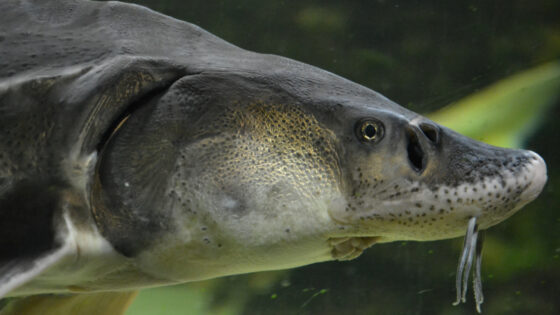Ensign, S.H., and C. Currin. 2017. Wetlands 37(2):245–256.
doi: 10.1007/s13157-016-0862-4
Abstract
Measurements and modeling of salt marsh morphodynamics typically focus on the sediment fraction suspended in water, but another fraction moves at the air-water interface on water surface tension. We compared the geomorphic significance of this surface microlayer sediment fraction to the suspended fraction in a mesohaline, microtidal salt marsh in North Carolina. Conventional methods of suspended sediment and surface microlayer sampling were used and a method was developed to measure the surface microlayer material generated per area of benthic surface. The mass of material held in the surface microlayer was 4% to 16% of the suspended sediment mass in the water column overlying the marsh. This surface microlayer material mass was lower than the mass generated from benthic surfaces and it declined over time, indicating that the surface microlayer released sediment to the water column. Loss on ignition, carbon:nitrogen, and particle size were similar in the surface microlayer and suspended sediment, although the surface microlayer material was higher in chlorophyll a. We estimate that 19% to 100% of the suspended sediment that settled onto the marsh was lifted by surface tension during the next rising tide. This process helps explain the topography of tidal marshes and patterns of sediment accretion.



